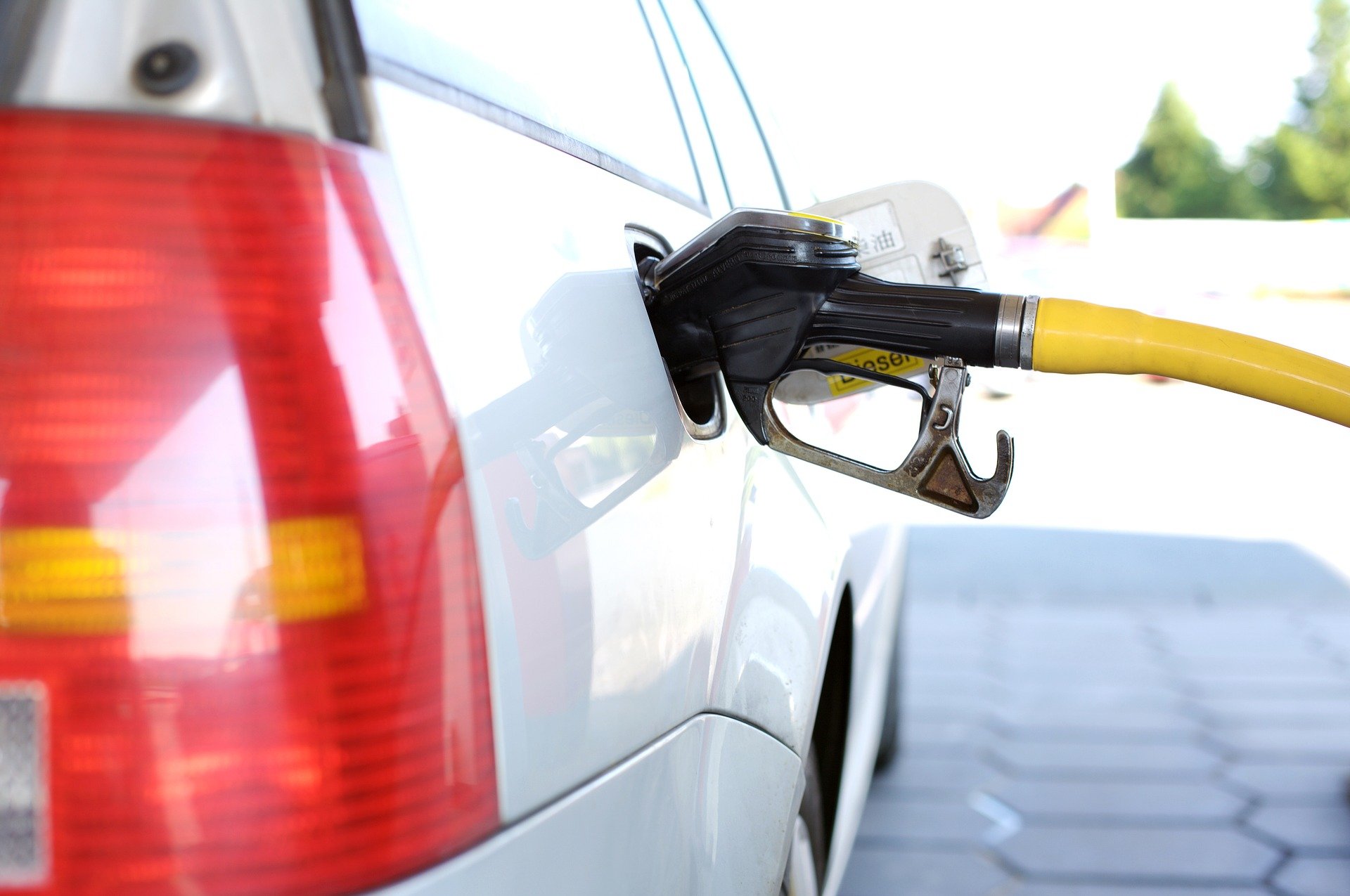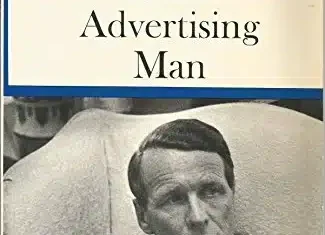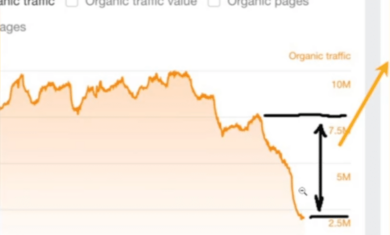When it comes to marketing, there are two main directions you want to work to push — adding more fuel, or reducing friction.
This works in many areas of life, as explained wonderfully in a recent episode of the Hidden Brain podcast, but it’s particularly interesting with marketing.
Fuel
When it comes to marketing, fuel is generally the area people focus on. Work to improve your search rankings, buy Google Ads, promote more via social media — these are all great things to do. Getting users into your marketing funnel is essential, and getting more users is generally a great thing.
Friction
The other side is reducing friction, which generally means improving your conversion rate; the percentage of visitors that end up completing one of your goals (buying a product, filling out a contact form, etc). The more friction you can reduce, the higher your conversion rate will be.
This can be simple things like reducing the number of fields on your forms, or may involve a bit more digging through the use of Analytics and heatmaps to see where users are falling off.
Fuel versus friction
With limited time in your day, though, which angle should you pursue? While both are important, I notice that fuel is often over-emphasized and working on reducing friction may yield better results.
For example, suppose your site receives 1,000 visitors per day and your conversion rate is 1% — that means you’re closing 10 customers per day.
If you were to push hard on your fuel and double your traffic to 2,000 visitors/day, you’d then be closing 20 customers. Not bad.
Instead, though, if you put that effort into smoothing out the process and raised your conversion rate from 1% to 3%, you’d go from 10 customers/day to 30! That kind of jump in conversion rate might be tough to accomplish, but if you’ve been ignoring friction for a while, you might find some easy wins to jumpstart things.
For more on this entire concept, though not really from a marketing angle, I recommend you check out this episode of Hidden Brain.




